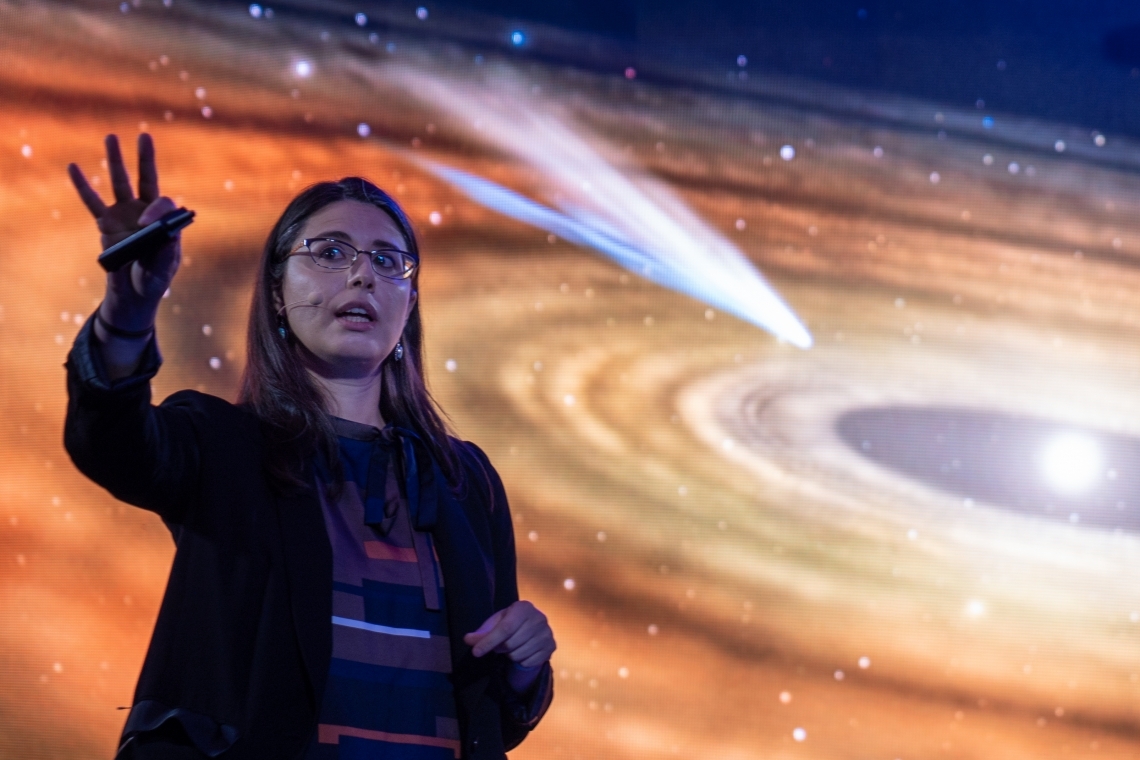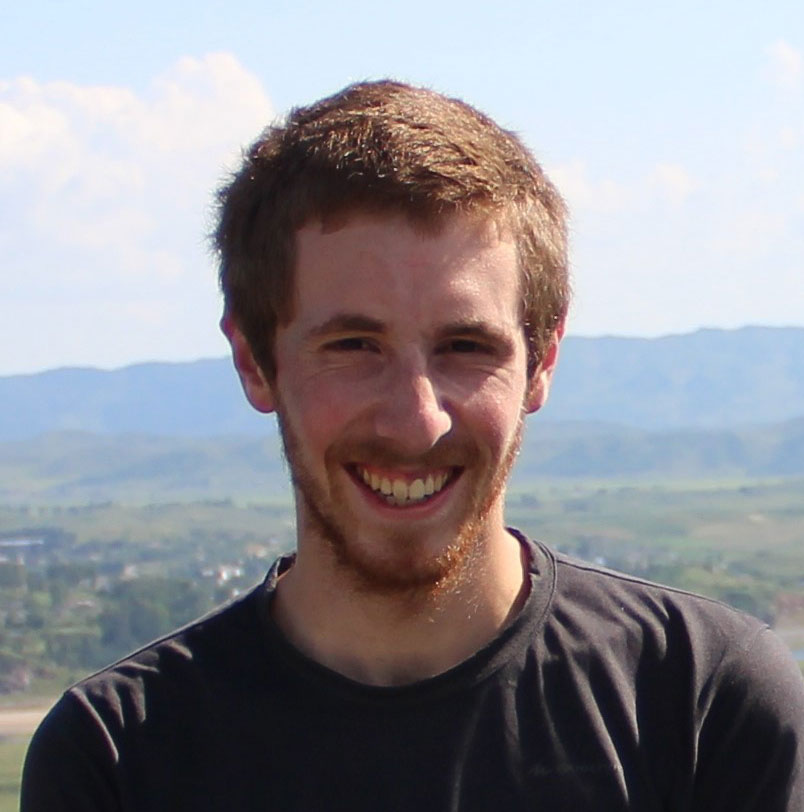 Dr. Arnaud Salvador joined LPL in August 2022 as a Postdoctoral Research Associate. He works with Associate Professor Tyler Robinson on the characterization of rocky exoplanets observed in direct imaging. In particular, he investigates the capabilities of future direct imaging observatories in retrieving atmospheric properties and surface conditions of distant rocky worlds. By considering the effects of observational constraints and prior information, his work aims to refine instruments design and define the most efficient observing strategies at recognizing a habitable planet.
Dr. Arnaud Salvador joined LPL in August 2022 as a Postdoctoral Research Associate. He works with Associate Professor Tyler Robinson on the characterization of rocky exoplanets observed in direct imaging. In particular, he investigates the capabilities of future direct imaging observatories in retrieving atmospheric properties and surface conditions of distant rocky worlds. By considering the effects of observational constraints and prior information, his work aims to refine instruments design and define the most efficient observing strategies at recognizing a habitable planet.
Another aspect of his research is dedicated to the early evolution of rocky planets, focusing on the cooling, solidification, and outgassing of the magma ocean in interaction with the atmosphere, and the implications for early water ocean formation on Earth, Venus, and exoplanets.
Arnaud received his B.S. in Earth Sciences from Blaise Pascal University (Clermont-Ferrand, France) in 2013, his M.S. in Planetary Sciences from the University of Versailles Saint-Quentin-en-Yvelines in 2015, and his Ph.D. in Planetary Sciences from Paris-Saclay University in 2018. He was then a Postdoctoral Research Fellow at the Institut de Physique du Globe de Paris (IPGP), and Northern Arizona University in January 2021.
Arnaud enjoys playing table tennis, skateboarding, reading, being in nature, and watching the night sky.


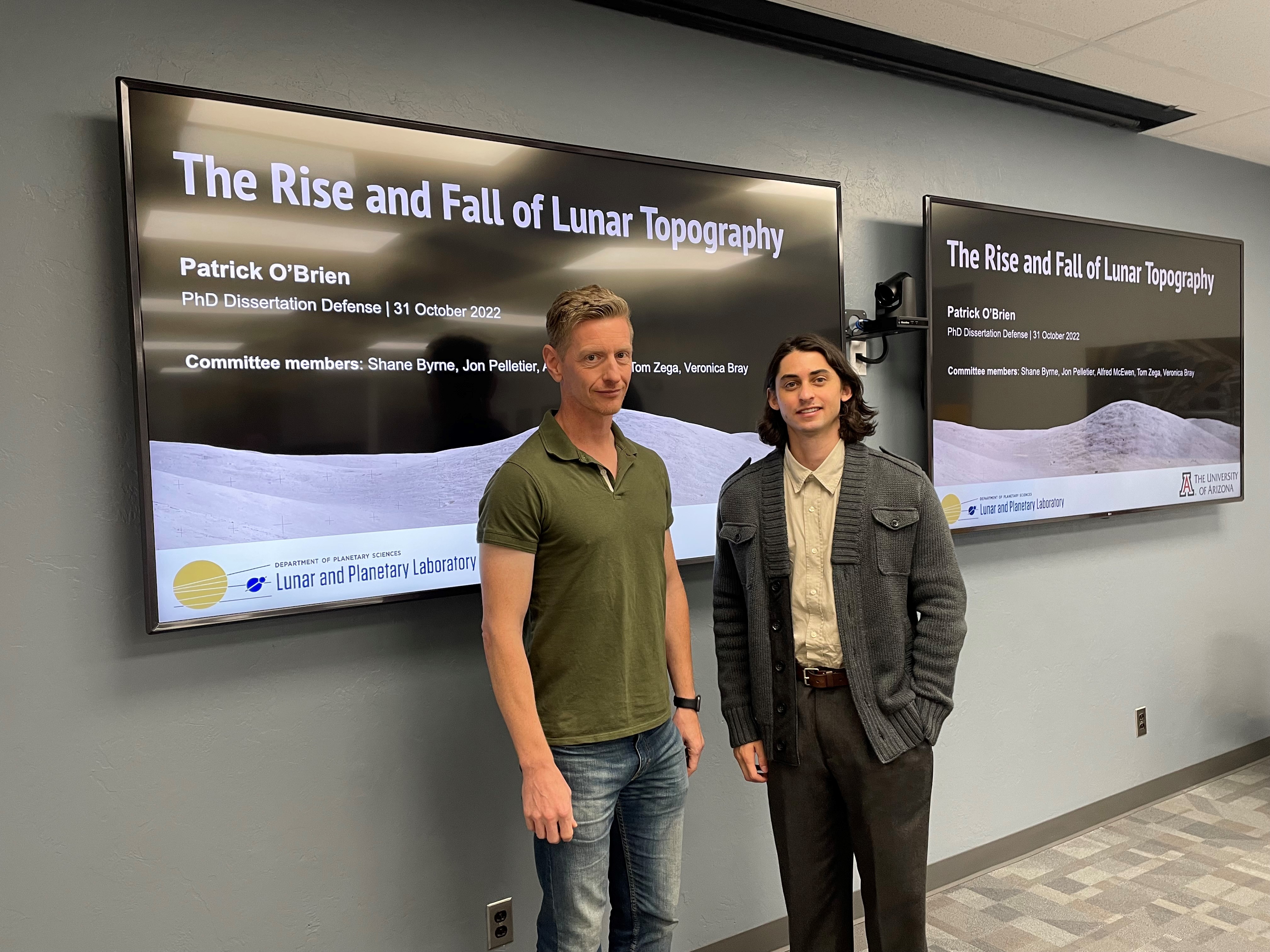

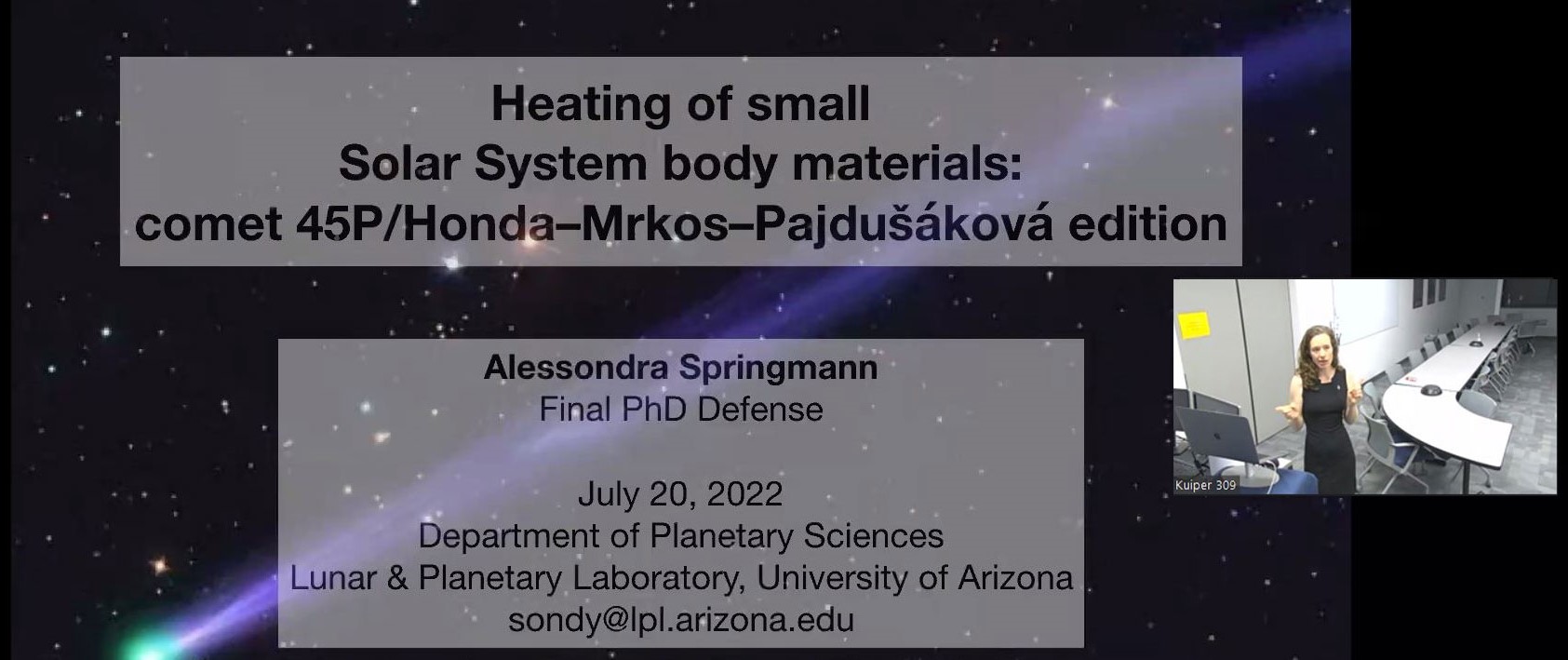
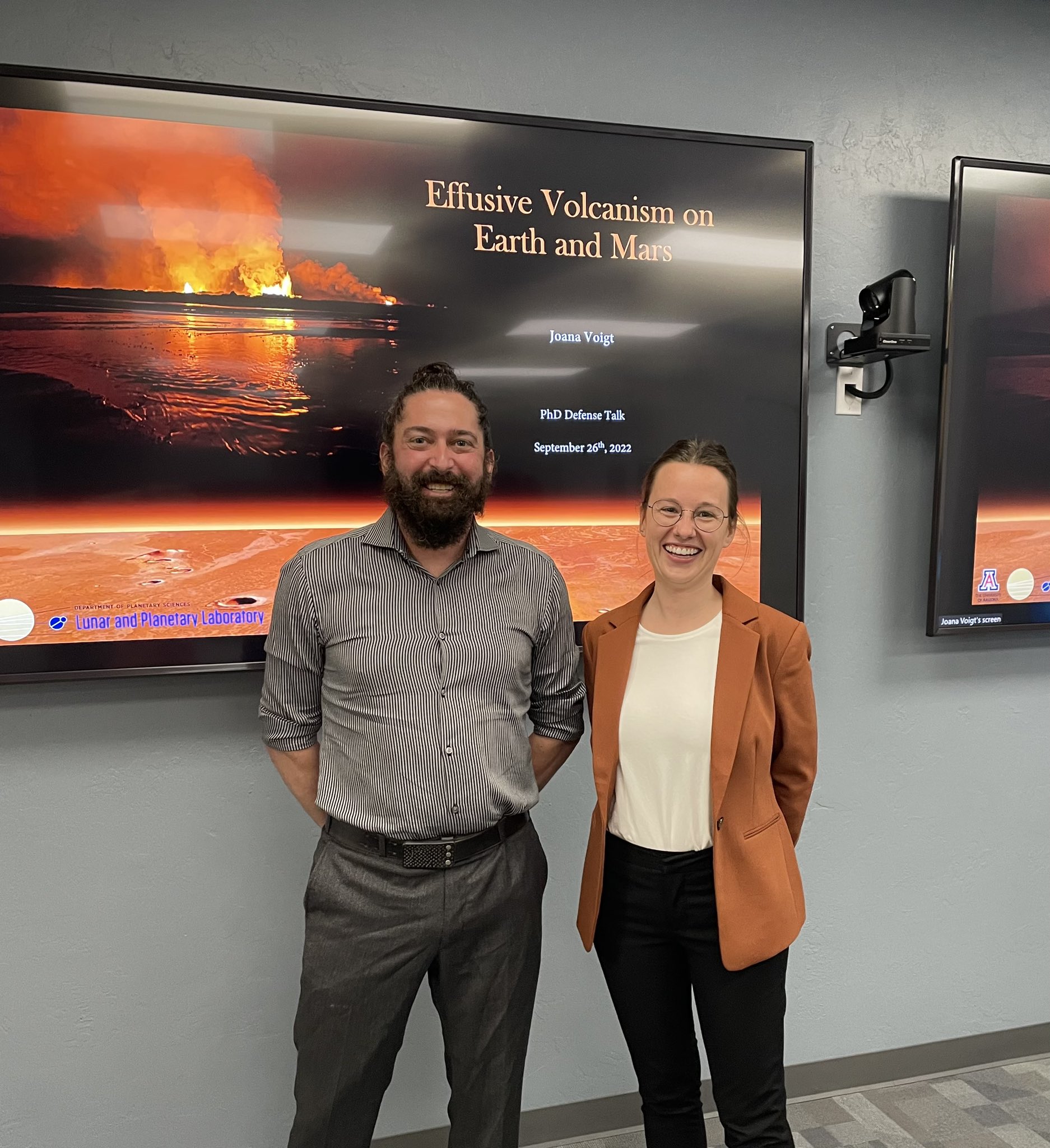
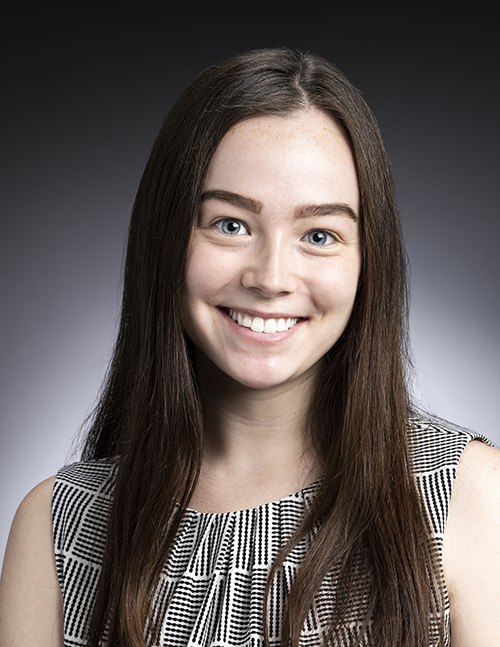
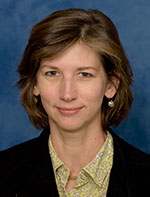

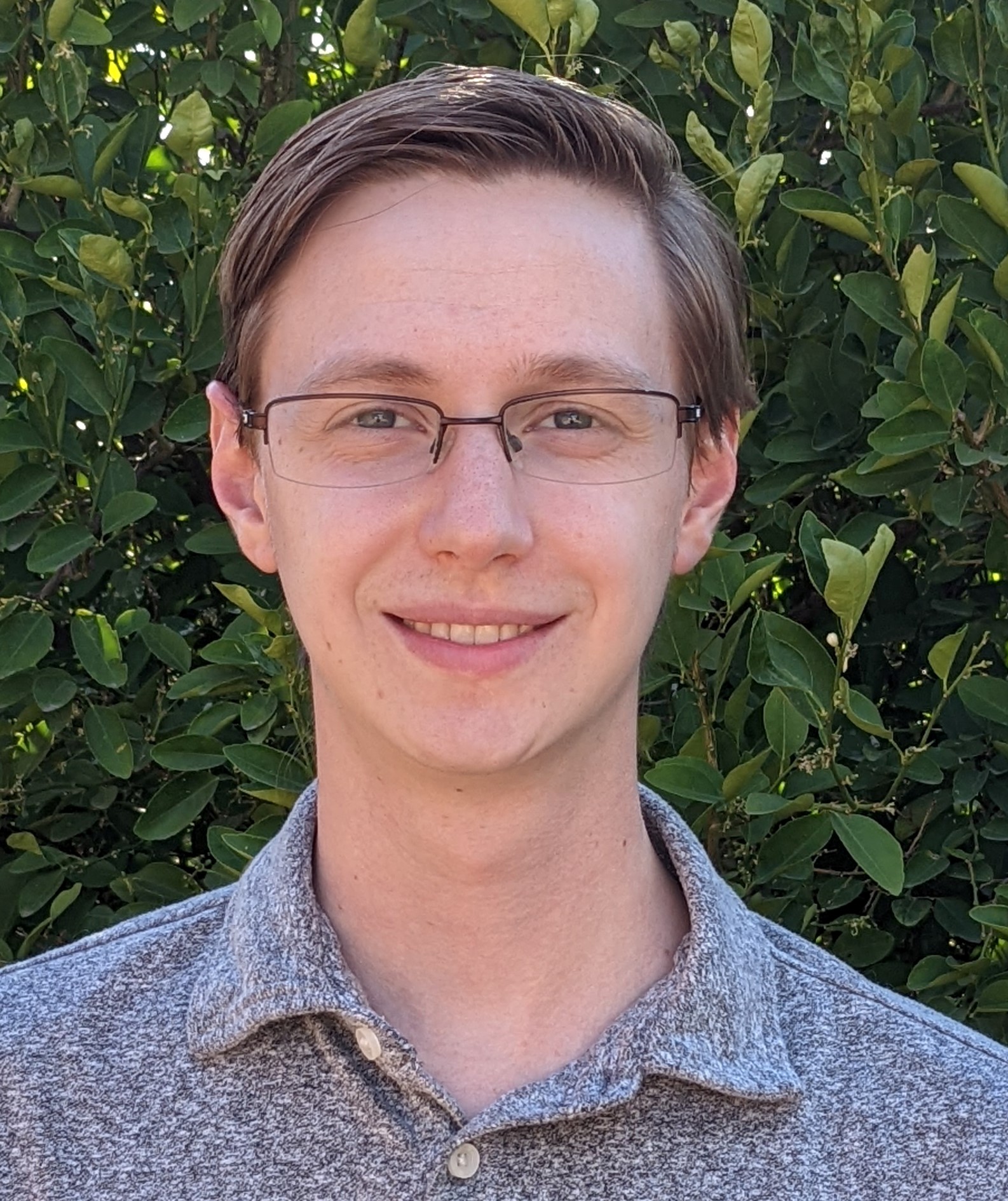
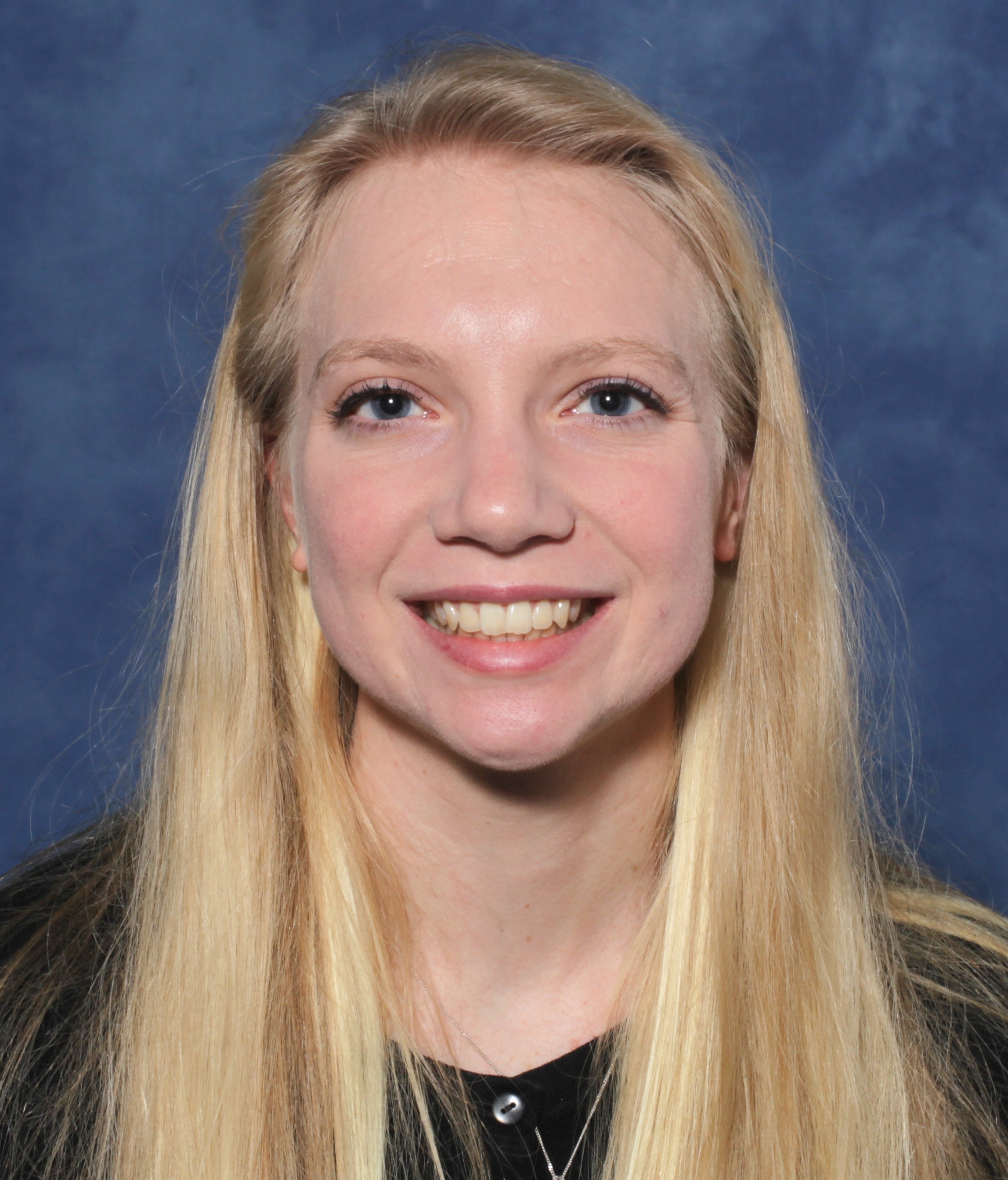

 Dr. David Grinspoon
Dr. David Grinspoon Alumnus
Alumnus 